It took a single political gesture to expose the fragility of the digital-asset world. When Donald Trump announced a 100% tariff on Chinese imports, the cryptocurrency market imploded almost instantly. Within 24 hours, 1.6 million traders were liquidated and roughly $190 billion in leveraged positions vanished. Bitcoin, which had just reached a record high above $125,000, tumbled below $110,000 before the day was over.
This was not merely another flash crash; it was the largest liquidation event in the history of crypto—a textbook black swan moment. Yet the real culprit was not Trump’s tariff threat. It was leverage—unchecked, poorly understood, and spread like dry tinder across perpetual-futures markets.
Leverage and the Machinery of Destruction
Perpetual futures—contracts without expiry, traded around the clock—have long been crypto’s favourite toy. They promise quick riches to those who can ride volatility and swift ruin to those who cannot. Traders pile in with 20-, 50-, even 100-fold leverage, their positions kept alive only as long as prices move in their favour. When Trump’s tariff tweet arrived, that delicate structure collapsed like a domino tower. Billions were wiped out in minutes as automatic liquidations triggered across exchanges.
Most losses came from long positions—traders betting on eternal ascent. In an irony the market never tires of, the instrument designed to “democratise risk” revealed just how concentrated and fragile that risk really was. Even institutional desks, once considered the adults in the room, were caught in the carnage. Algorithmic funds and quant traders saw their models unravel as cascading liquidations erased liquidity from every corner of the market.
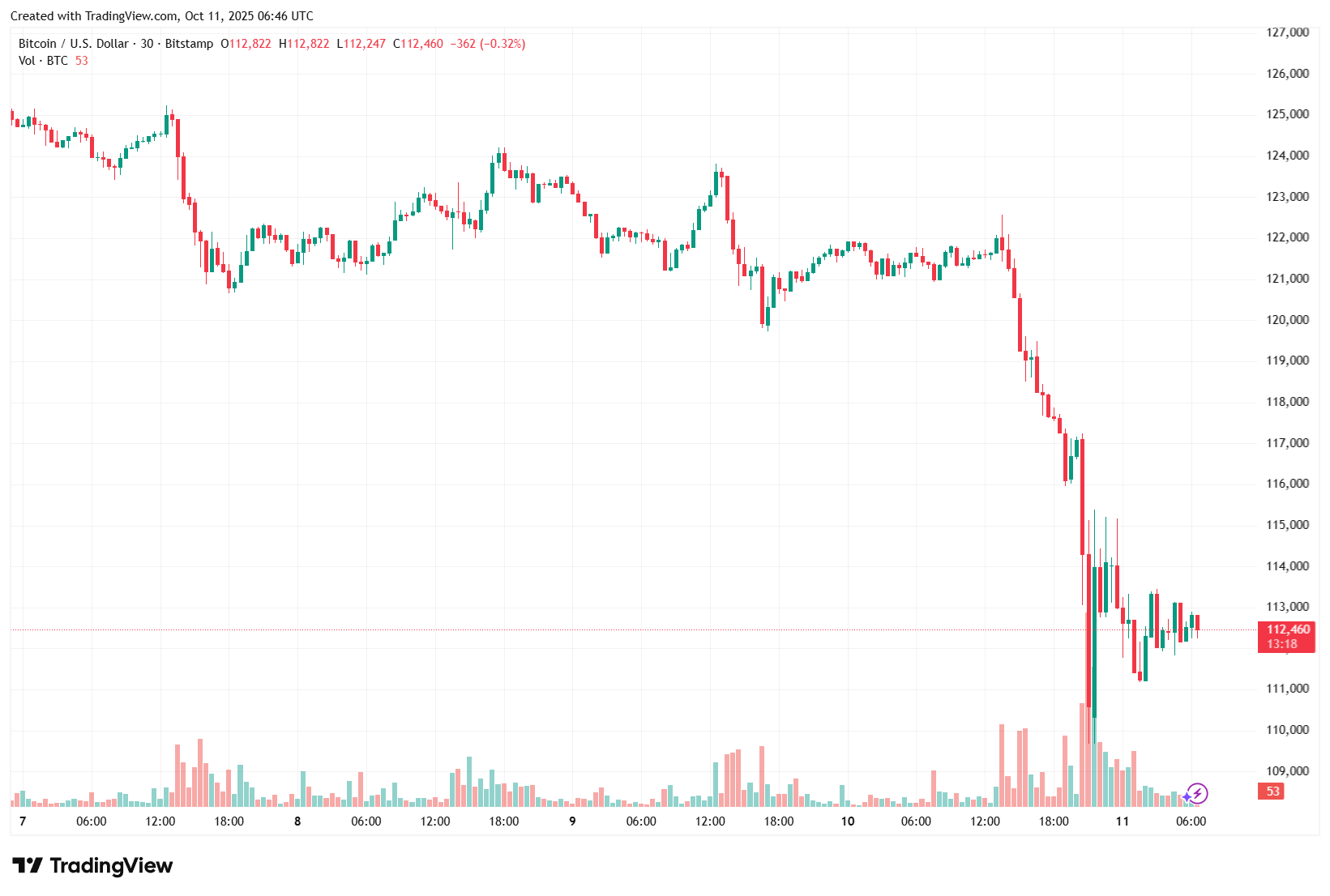
A Lesson in Moral Hazard
Crypto’s architecture has always carried a moral hazard. Exchanges profit from leverage and have little incentive to discourage it. Investors, seduced by the 24-hour casino, mistake liquidity for stability. The result is a market that amplifies, rather than absorbs, shock.
Trump’s announcement was merely the match; the combustible mixture had been building for months. Every new rally reinforced the illusion that risk could be engineered away through smart contracts and automated hedging. The market forgot a basic truth of finance: there is no such thing as free volatility.
After the Storm
Some optimists see the collapse as a necessary purge—a violent but cleansing event that will force deleveraging and restore discipline. Perhaps. But the lesson is not new. Crypto has now endured three cycles of hubris and reckoning: the Luna collapse, the FTX debacle, and now the Tariff Crash. Each time, participants vow to learn restraint. Each time, they forget.
What this episode confirms is that crypto no longer floats apart from the real economy. It is deeply entangled with macroeconomics and geopolitics. When trade wars flare and liquidity tightens, Bitcoin bleeds alongside equities and oil. “Digital gold” it may aspire to be, but in moments of panic, investors still flee to the old kind—the kind you can hold.
The Inevitable Reckoning
The 2025 Black Swan should not be dismissed as a random freak event. It was the predictable outcome of a system built on overconfidence and under-regulation. If cryptocurrencies are to mature into legitimate financial instruments, they must evolve beyond the culture of leverage-as-spectacle.
Until then, the next geopolitical tremor—be it a tariff, a sanction, or a central-bank pivot—will summon the same cycle of greed, collapse, and disbelief. Crypto’s greatest challenge is not technological. It is human: the persistent delusion that risk can be coded out of human nature.






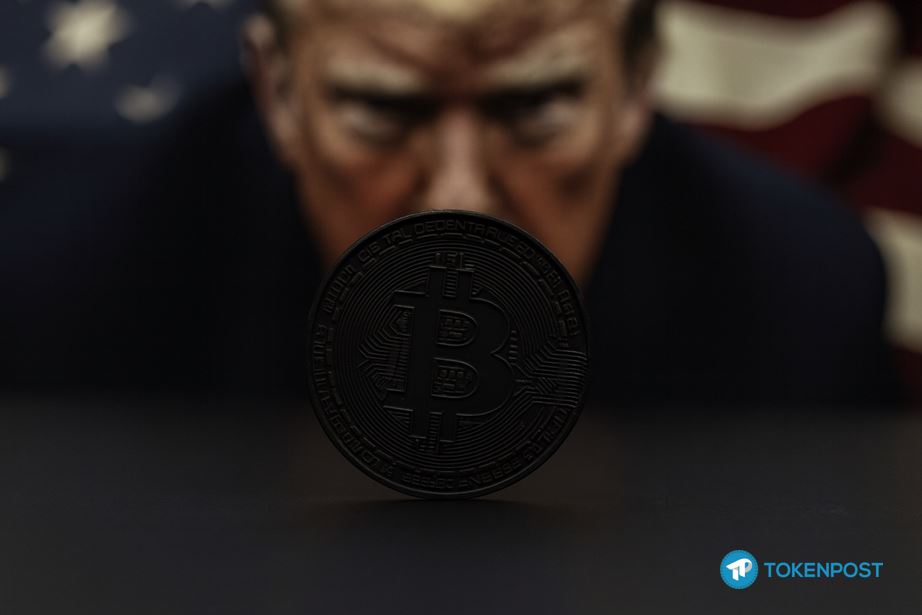
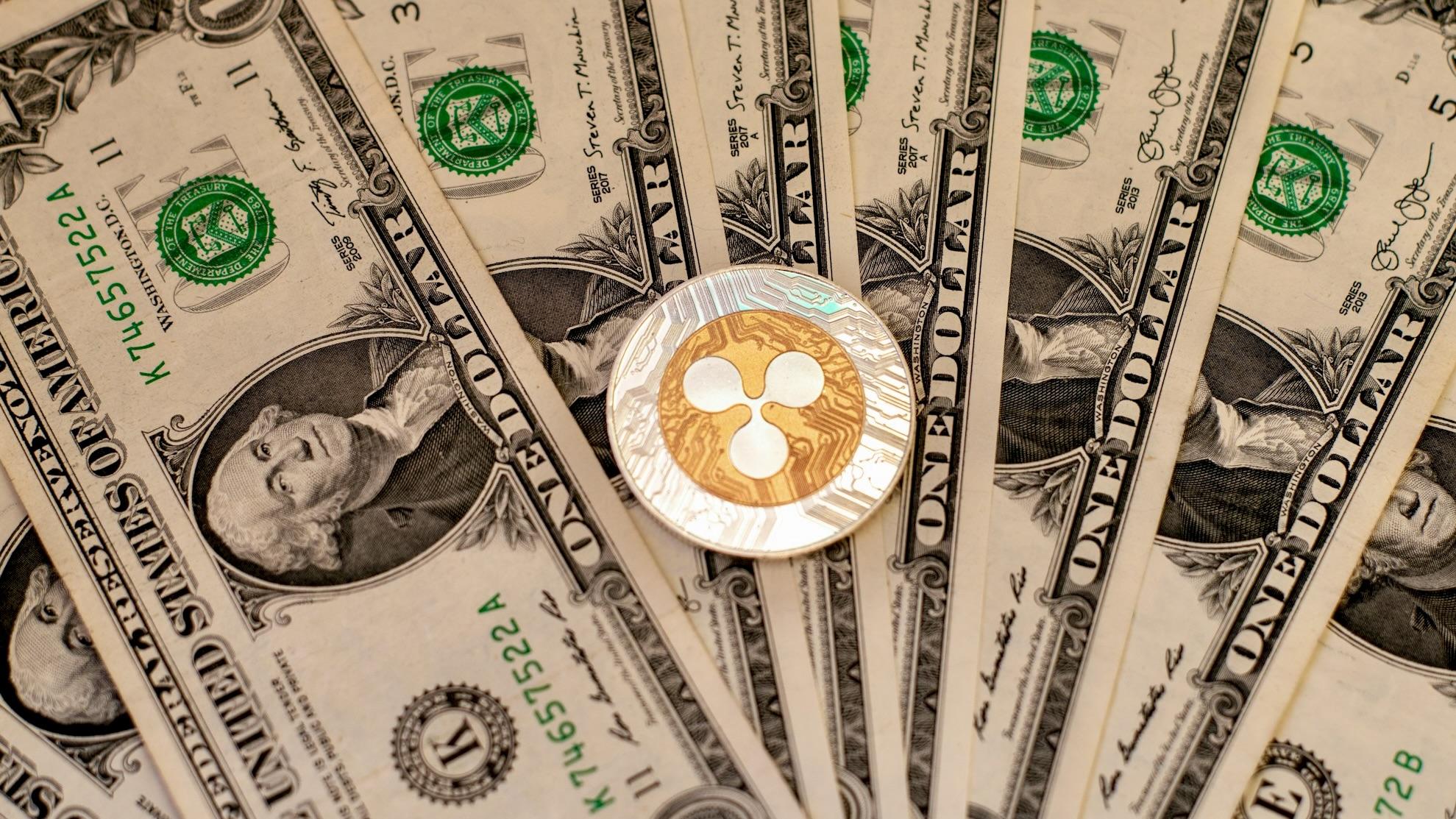




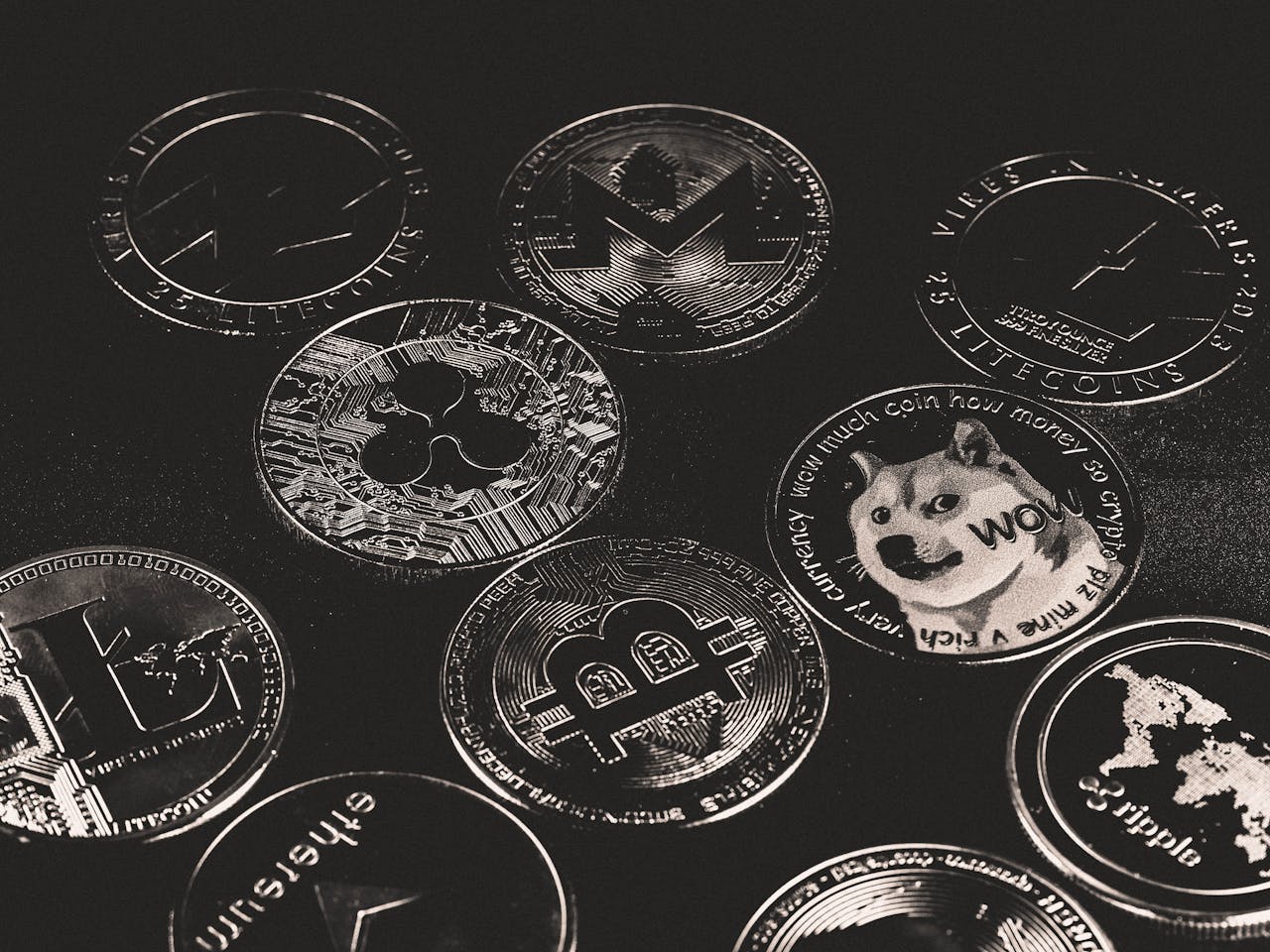




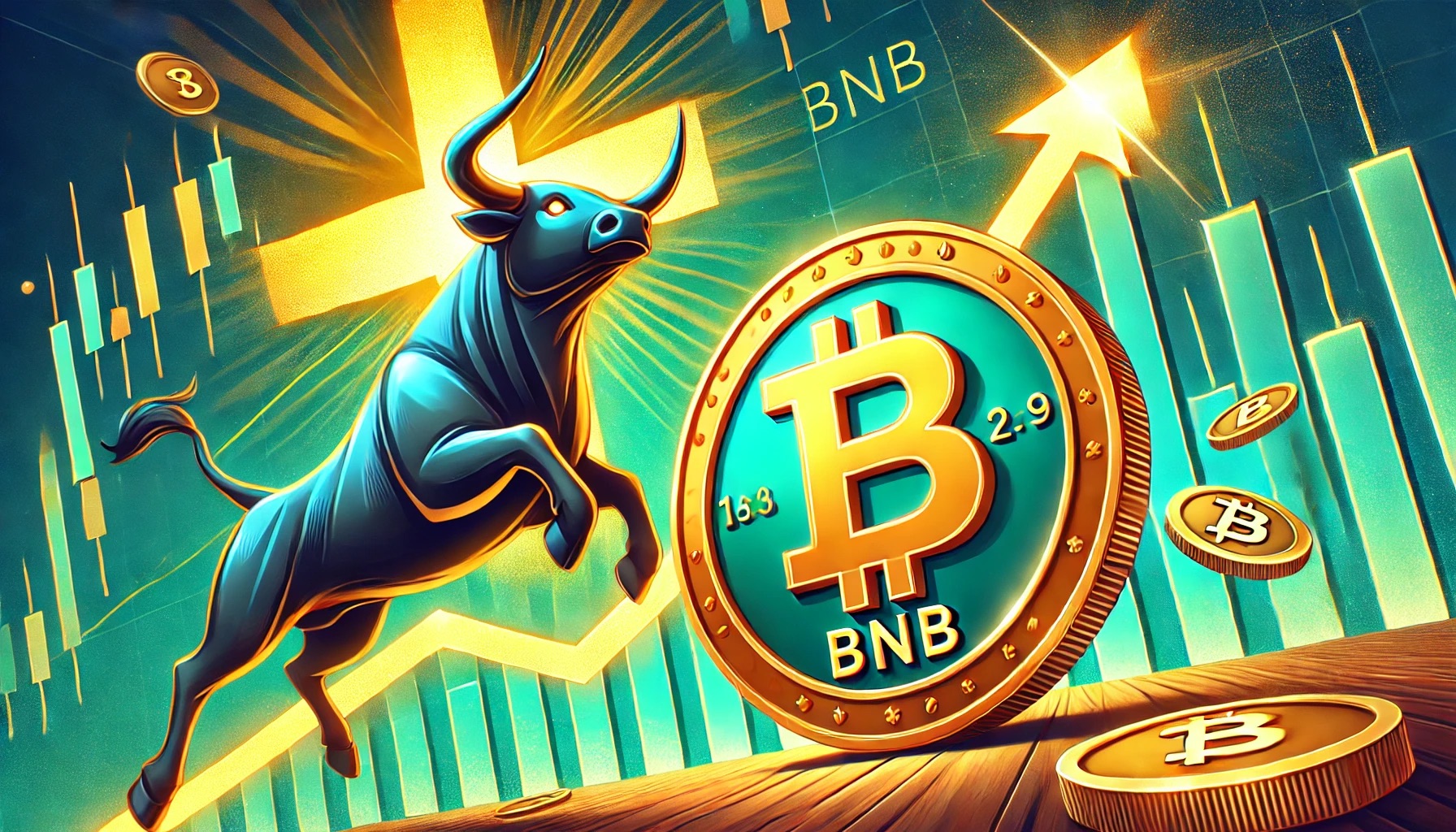

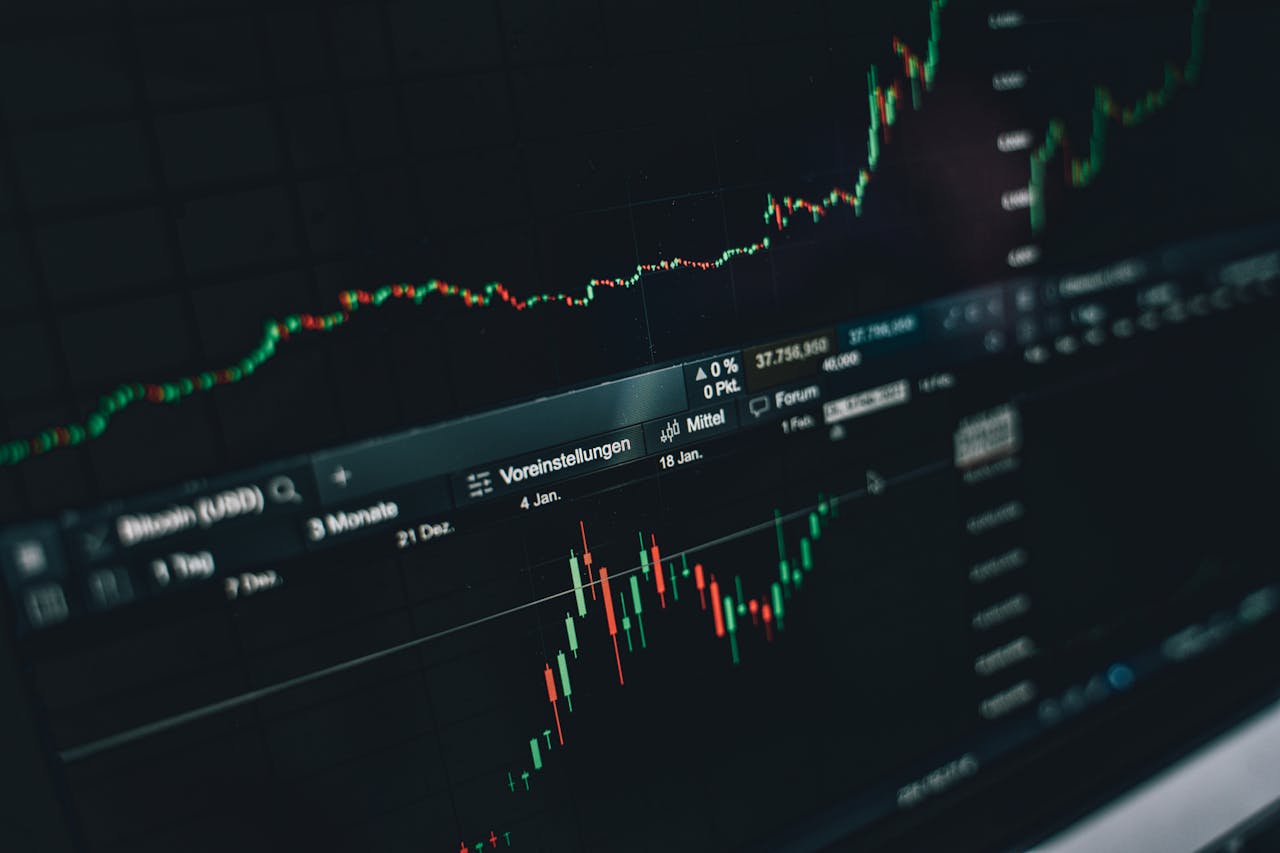


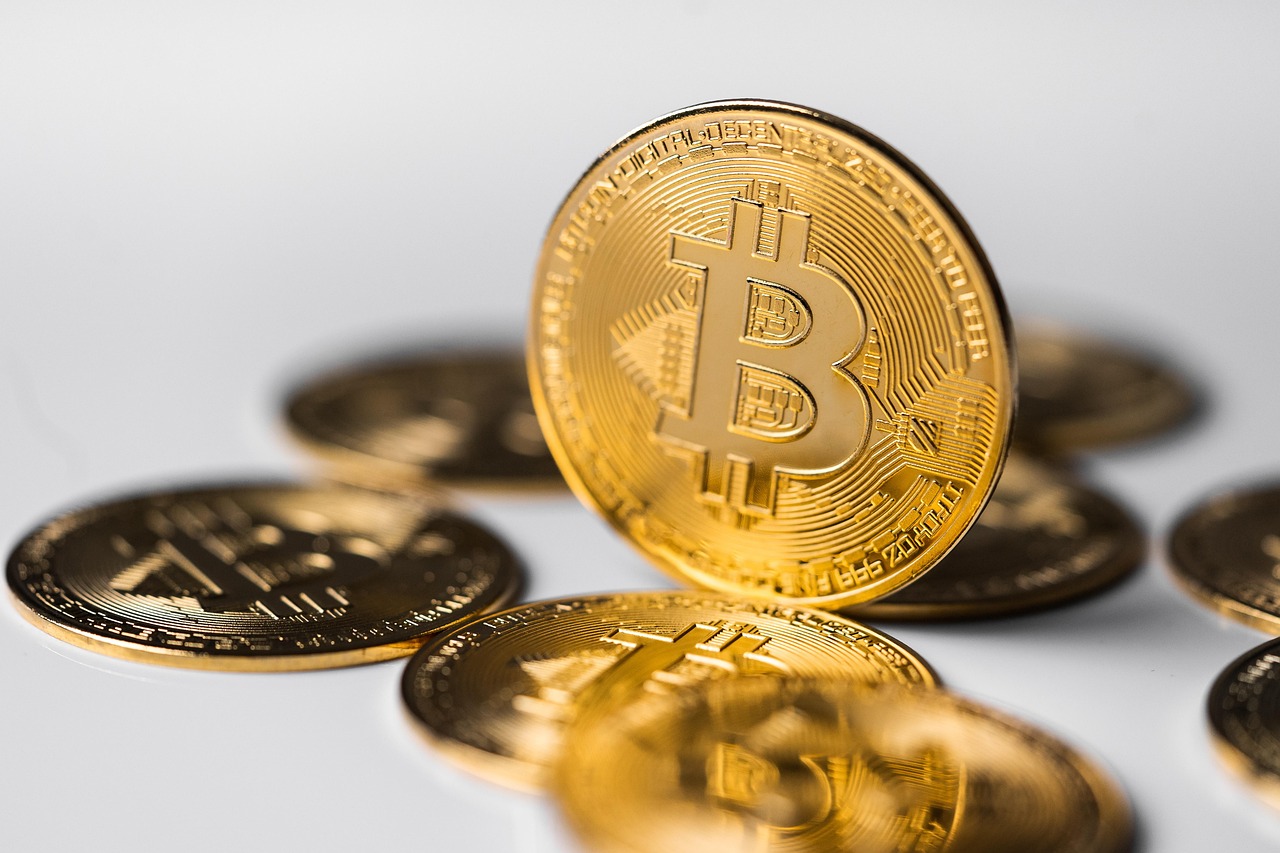


Comment 0